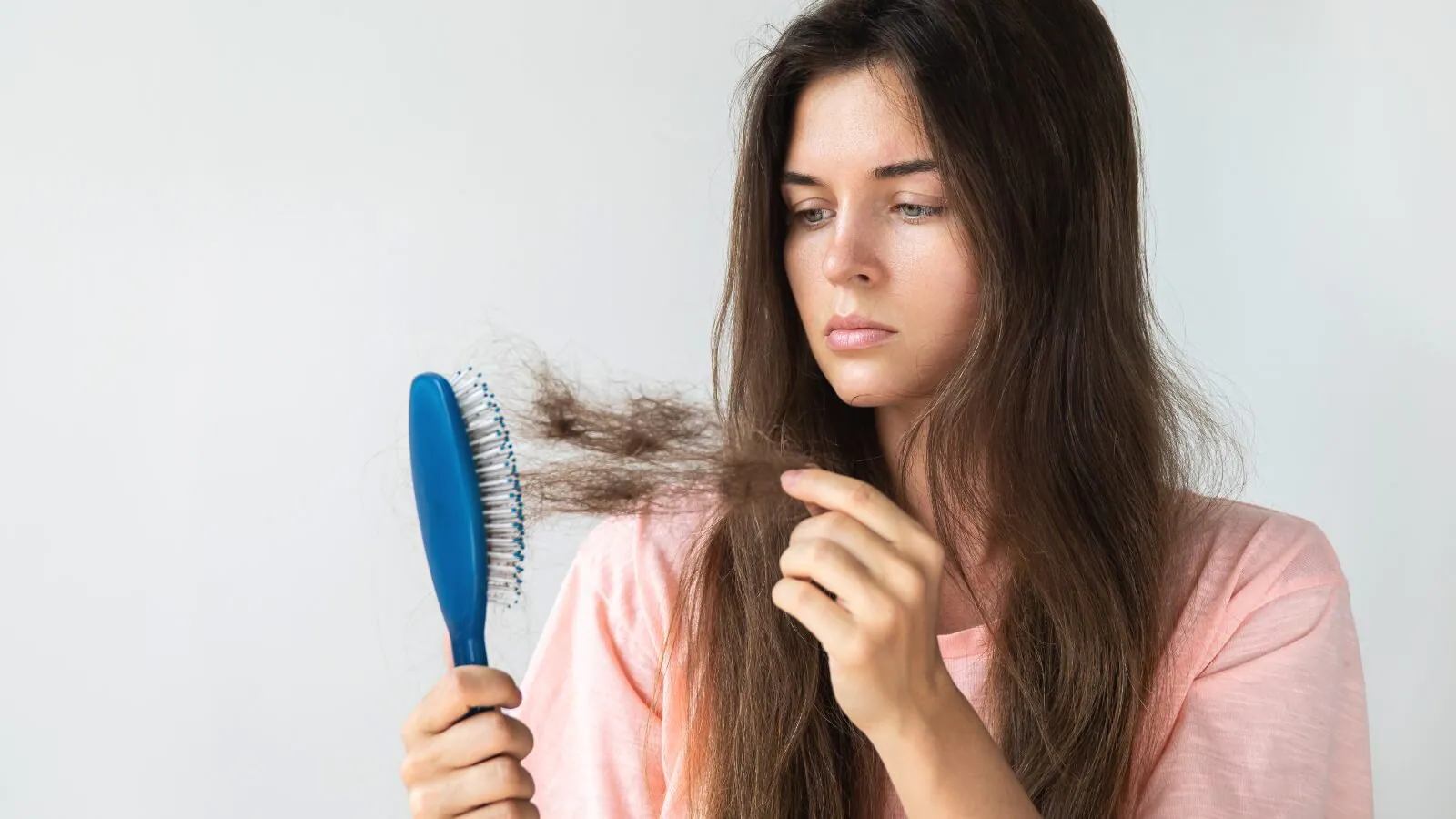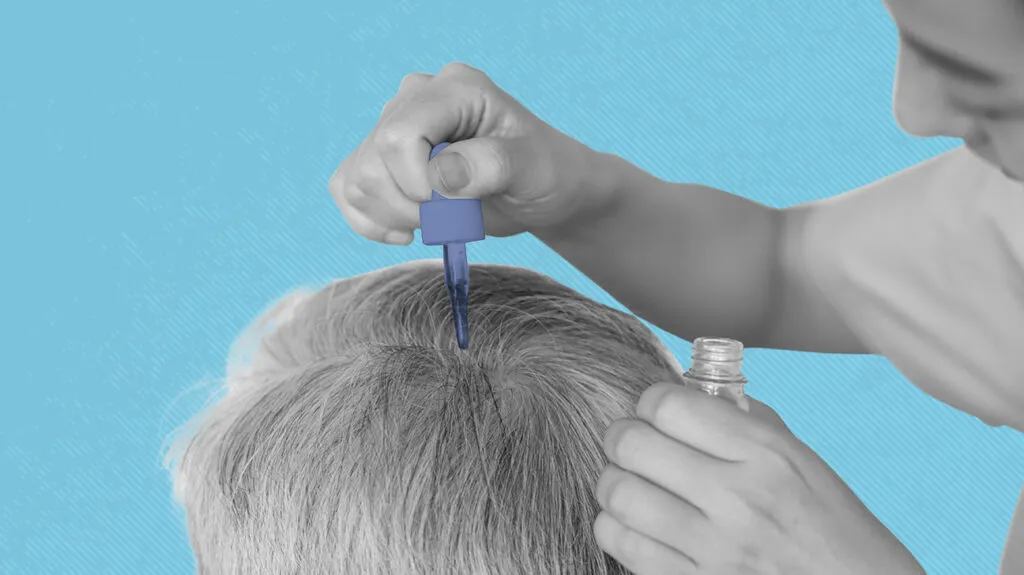Hair loss and baldness can be an incredibly distressing experience for many people, particularly when it happens unexpectedly or prematurely. It can cause a person to feel embarrassed and ashamed, leading to many emotional issues. This article examines the numerous potential triggers, from genetics to lifestyle factors such as stress and diet that become causes of hair loss.
It is important to note that there is no single cause of hair loss or baldness; in fact, many potential factors could contribute to this condition. In some cases, it may be related to genetic predisposition, while in others underlying health conditions or medications may be responsible for causing hair thinning or shedding. Other lifestyle matters such as diet, stress levels, and hormonal imbalances may also play a role in advancing hair loss or even triggering premature balding. It is a blessing that there are many hair loss treatment for people suffering in such problems.
Symptoms of Hair Loss
Hair loss can be caused by many different factors, but the symptoms may appear in a variety of ways. It may come on suddenly or gradually, and affect just your scalp or your entire body. In order to understand the possible causes of hair loss, it is important to familiarize yourself with some of the common symptoms.
Thinning Hair or Bald Patches
The most obvious symptom of hair loss is thinning hair or bald patches on the scalp. There are also signs that you might not recognize as being associated with hair loss, such as increased shedding, patchy bald spots on other parts of the body like your face or chest, and receding hairlines at the temples. Another sign can be change in texture such as dryness and coarseness. If these symptoms are present for more than 6 months then it’s best to seek medical attention from a qualified doctor.
Circular Patches on the Bald
Circular patches on the bald are a common symptom of alopecia areata, an autoimmune skin condition that causes hair loss. The affected area may become itchy and inflamed, followed by a sudden loss of hair in circular or patchy bald spots on the scalp, beard, or eyebrows. This type of alopecia can affect men, women, and children regardless of their age or ethnic background. Alopecia areata is thought to be caused by an immune system reaction that attacks healthy cells in the body mistakenly thinking they’re infected. Although this condition does not cause pain, some people may experience discomfort before their hair falls out due to itching or irritation.
Loss of All Body Hair
Hair loss of this nature usually results in thinning throughout the scalp, eyebrows, and other areas of the body where hair would grow naturally. In some cases, even eyelashes can be affected. It is not uncommon for people to also experience changes in texture and color before full regrowth occurs.
It is important to be aware of any potential side effects that may come with certain treatments or conditions as an individual’s health should always take priority over cosmetic concerns such as losing one’s hair. Knowing how to recognize and address these symptoms early can help minimize any negative impacts associated with this type of hair loss.
Causes of Hair Loss and Baldness
Heredity
Hair loss is a common issue experienced by many people, and in most cases, there is an underlying cause. One of the leading causes of hair loss is a hereditary androgenic alopecia which occurs with aging. This type of hair loss affects both men and women, however, it is more commonly seen in men; prevalence increases with age, reaching nearly 80% in some males over the age of 70.
Androgenic alopecia can be caused by several factors including genetics, hormones, and age. It usually begins at the temples or crown of the head and can progress to extensive baldness across the scalp. The pattern of hair loss varies from person to person, but it typically follows a predictable pattern that begins near either temple before progressing around the back towards the crown.
Hormonal Imbalance
Hair loss and baldness can have a number of causes including hormonal imbalances. One hormone involved in male hair loss is dihydrotestosterone (DHT). DHT is a byproduct of testosterone that is linked to the development of androgenetic alopecia, more commonly known as male-pattern baldness. This condition affects upwards of 50% of adult men at some point in their lives, making it one of the most widely studied forms of hair loss.
Hormonal imbalance is typically caused when testosterone levels increase or decrease significantly. When testosterone levels are too high, an enzyme called 5-alpha reductase converts it into DHT which accumulates on the scalp, leading to shrinking hair follicles and eventual baldness.
Radiotherapy of Scalp
Radiotherapy is often used as a treatment for cancer in the head or neck area by using high doses of radiation on the afflicted area. This type of therapy has proven effective in treating tumors, but unfortunately, it can also damage healthy tissue including skin cells on the scalp that is responsible for growing new hair follicles. As a result, radiotherapy often leads to significant permanent hair loss following treatment since these damaged skin cells are unable to regenerate new hairs anymore.
Medicines
Hair loss is a common condition that affects both men and women, but the good news is that in many cases it can be prevented or treated. Certain drugs, such as those used for cancer, heart problems, gout, and arthritis can all lead to hair thinning or baldness. While this side effect may seem minor when compared with the lifesaving benefits of these medications, it’s important to be aware of what could happen when taking certain drugs. Hair loss due to drug use can have an emotional toll on patients who already have a lot to contend with during their battle against illness or injury.
Hairstyles
Traction alopecia is a type of hair loss caused by excessive hairstyling or hairstyles that pull your hair tight. This can include popular styles such as pigtails, cornrows, buns, and braids. Over time, these styles put too much tension on the roots of the hair follicles, leading to weakening and breakage. The medical term for this condition is traction alopecia and it can cause thinning along the scalp’s edges or anywhere where the hair is consistently pulled tight.
Traction alopecia has become increasingly common in people who wear their hair in certain tight up-dos for long periods of time or use chemical treatments to straighten their hair. It’s especially prevalent among women with ethnic backgrounds whose culture often values these types of hairstyles.
Hair Loss Treatments
Fortunately, there are many hair loss treatments available to help restore hair growth. One such treatment is minoxidil, which is best known under the brand name Rogaine.
Minoxidil (Rogaine) is an over-the-counter (nonprescription) medication that comes in both liquid and foam forms, as well as a shampoo form. For optimal results, it should be applied directly to the scalp twice daily for several months. Minoxidil works by increasing blood flow to inactive or dormant follicles which can lead to thicker and stronger hair growth with regular use. It also helps keep existing hairs from thinning out further and may even stimulate new hair growth over time.
Hair Transplant Treatment is one of the most effective and long-term solutions out there for those struggling with hair loss. It works by transferring healthy hairs from areas on your scalp where it tends to be more plentiful to areas where there is thinning or balding. This procedure can help restore the natural look of your hair.
The results achieved through this type of treatment are often permanent and in some cases, even provide a fuller head of hair than before. Hair transplants require an initial consultation with a qualified doctor who will assess the individual’s suitability for this particular kind of treatment and determine what options may be available to them.
Conclusion
Hair loss and baldness can be caused by a variety of factors, including genetics, age, hormones, health conditions, medications, stress, and lifestyle choices. A combination of treatments can help to reduce hair loss and restore the aesthetic of your hair. It is important to keep in mind that each person’s experience is highly individualized and it may take some trial and error to find the best solution for you.









